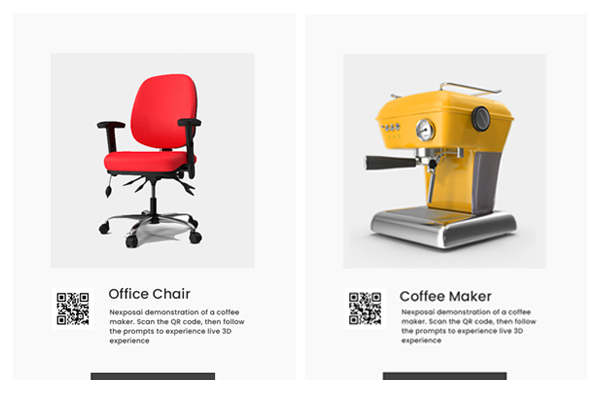Which AR Technologies are Most Popular in Medical Device Sales?
Augmented reality (AR) has revolutionized various industries, and the healthcare sector is no exception. With its ability to overlay digital information onto the real world, AR has opened up new possibilities in medical device sales. By enhancing the sales process, AR technologies have proven to be invaluable tools for medical device companies. In this article, we will explore some of the most popular AR technologies used in medical device sales and their practical applications.
1. Product Visualization
One of the key benefits of AR in medical device sales is the ability to visualize products in a realistic and interactive manner. AR allows sales representatives to showcase medical devices in 3D, providing potential buyers with a clear understanding of the product’s features and functionality. By using AR, sales teams can demonstrate complex medical devices, such as surgical equipment or implantable devices, in a way that is easily comprehensible to customers.
2. Virtual Try-On
AR technologies also enable virtual try-on experiences for medical devices. For example, a sales representative can use AR to show how a prosthetic limb would look and fit on a patient. This immersive experience allows patients to visualize the device on their own body, helping them make more informed decisions. Virtual try-on not only enhances the sales process but also improves patient satisfaction by ensuring a better fit and reducing post-purchase regrets.
3. Training and Education
AR is a powerful tool for training and educating both sales representatives and healthcare professionals. Sales teams can use AR to simulate product demonstrations, allowing representatives to practice their pitch and gain confidence in presenting complex medical devices. Additionally, AR can be used to train healthcare professionals on the proper use and maintenance of medical devices, reducing the risk of errors and improving patient outcomes.
4. Remote Assistance
AR technologies enable remote assistance, which is particularly useful in the context of medical device sales. Sales representatives can use AR to provide real-time support to customers, regardless of their location. By using AR-enabled smart glasses or mobile devices, sales teams can guide customers through the setup, troubleshooting, or maintenance of medical devices. This not only saves time and resources but also enhances customer satisfaction by providing immediate assistance.
5. Data Visualization
AR can transform complex data into visual representations, making it easier for sales representatives to communicate the benefits of medical devices. By overlaying data such as patient outcomes, clinical studies, or cost-effectiveness analyses onto the real world, AR technologies help sales teams convey the value of their products more effectively. This data visualization capability of AR can significantly impact the decision-making process for potential buyers.
Conclusion
AR technologies have become increasingly popular in medical device sales due to their ability to enhance the sales process, improve customer understanding, and provide valuable support. From product visualization and virtual try-on to training and remote assistance, AR offers a wide range of practical applications in the healthcare industry. As the technology continues to evolve, we can expect even more innovative use cases and advancements in AR for medical device sales. Embracing AR technologies can give medical device companies a competitive edge and drive better business performance in this rapidly evolving industry.





